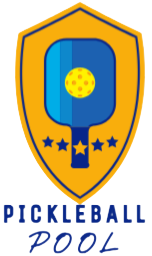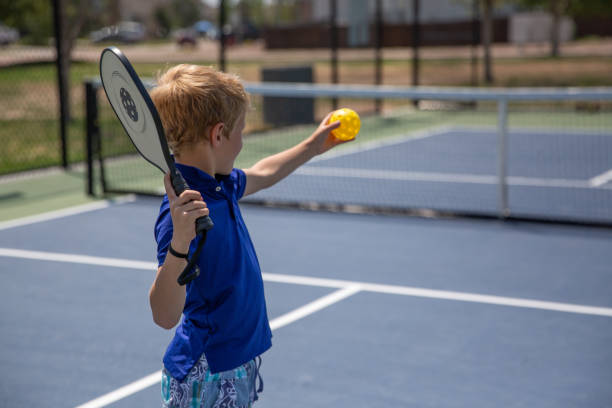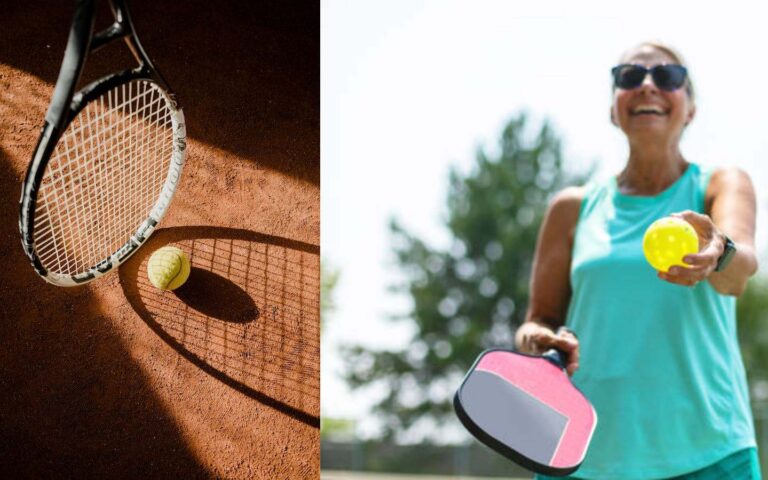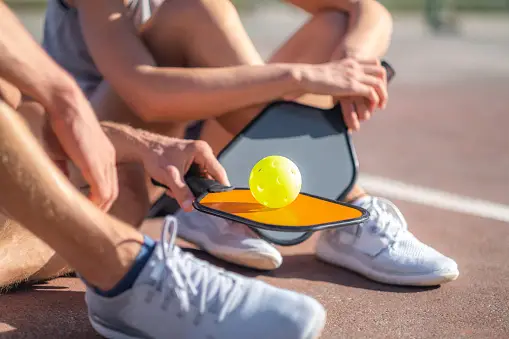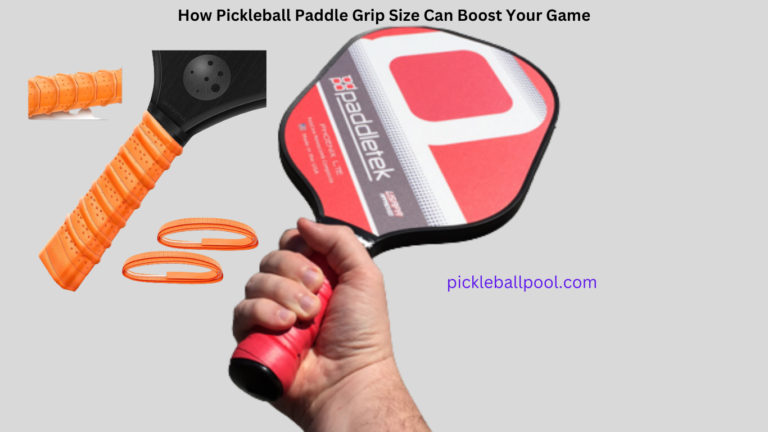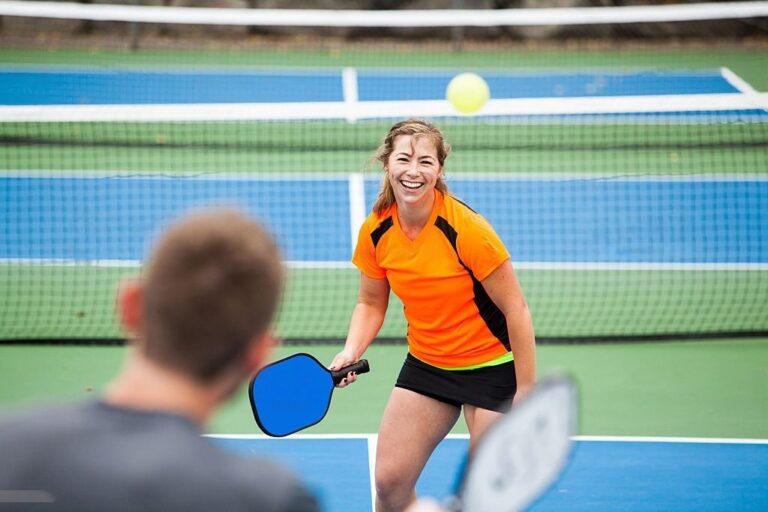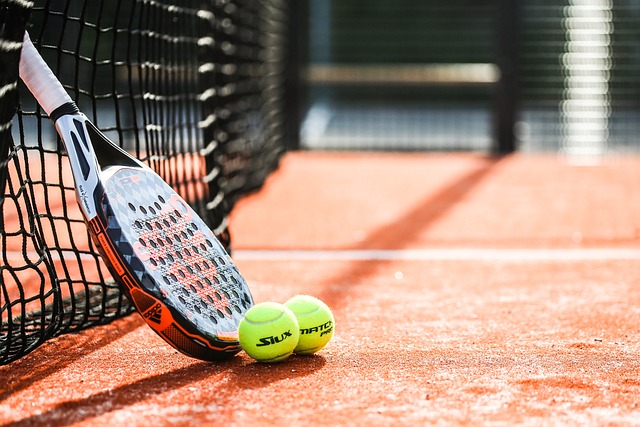Understanding Faults in Pickleball: A Comprehensive Guide
This is a guide to Faults in Pickleball. We have experienced pickleball players and experts in the sport. We want to help you understand the different faults and how they affect the game. Whether you’re new to pickleball or an advanced player, this guide will give you the knowledge you need to do well.
A fault is when a player breaks the rules during the game. The other team gets a point when this happens. It’s important for players to know the different types of faults to have a fair and competitive game. Let’s look at the different situations where faults in pickleball can happen and what is a fault in pickleball?
Common Faults in Pickleball
Pickleball players should know the common faults in pickleball. These include foot faults, non-volley zone faults, out-of-bounds faults, service faults, and rally faults. Let’s learn more about each one and how to prevent them.
1. Foot Faults in pickleball
If a player steps into the non-volley zone while hitting the ball, it’s called a foot fault. This area is also called the kitchen and players can’t volley the ball there. A foot fault happens if the player enters this area before or after hitting the ball.
It’s a common mistake in pickleball when the server doesn’t follow the correct service stance. The rules say that both feet must be behind the baseline and can’t touch or cross the sideline during the serve. If the server doesn’t follow these rules, it’s called a foot fault and they lose their serve.
Causes of Foot Faults
Players can make foot mistakes for different reasons, like not knowing the non-volley zone limits, having bad footwork, or placing their feet wrong. To avoid these mistakes, players need to know the size and rules of the non-volley zone.
How to Avoid Pickleball Foot Faults
To avoid foot errors, players must watch where they place their feet during the game. They should keep both feet behind the non-volley zone line until the ball is hit and cleared the net. To reduce foot errors, players should practice proper footwork, maintain balance, and be mindful of the non-volley zone limits.
2. Non-Volley Zone Faults
Players can’t hit the ball in the air while in the non-volley zone. They have to wait for it to bounce. If they hit it before it bounces, it’s a mistake called a volley fault. Stepping into the non-volley zone and hitting the ball in the air is also a mistake.
Common Non-Volley Zone Faults
People often make mistakes in the non-volley zone by standing inside it, moving into it, or touching it while hitting the ball.
Tips to Avoid Non-Volley Zone Faults
To avoid mistakes in the non-volley zone, players need to pay attention to where they are. They should stay a safe distance away and keep both feet outside the zone when hitting the ball. Practicing controlled shots and predicting where the ball will go can also help prevent errors.
3. Out-of-Bounds Faults in Pickleball
If a player hits the ball outside the lines, it’s called an out-of-bounds foul. The ball is out-of-bounds if it lands outside the court lines.
Preventing Out-of-Bounds Faults
To avoid making mistakes by hitting the ball out of bounds, players need to know the court lines well and aim their shots more precisely. They can achieve this by practicing hitting the ball where they want it to go, being aware of their surroundings, and keeping the ball’s path under control.
4. Service Faults in Pickleball
Service faults are mistakes made during serving. They can happen because of poor technique, stepping over the line, or not hitting the ball correctly.
Avoiding Service Faults
To avoid service errors, players need to follow specific guidelines when serving. They should release the ball before hitting it, hit the ball diagonally over the net, and keep the ball below their waist. It’s also important to perfect their serving technique.
5. Faults during Rallies
If a player hits the ball out of bounds during a rally, it’s a fault. This can happen if they hit the ball too hard, don’t control their shots well, or misjudge where the ball will go.
Faults Related to Double Hits
When a player hits the ball twice before it goes into the goal, it’s called a double hit. This can happen accidentally if the player doesn’t time their shot right or if the ball bounces unexpectedly.
Tips to Minimize Faults During Rallies
Players need to focus on being accurate and in control to make fewer mistakes during rallies. They should practice their timing and coordination, aim for the lines, and adapt their shots to the pace and style of the game. Practicing and playing games regularly can help improve accuracy and reduce errors.
Avoiding Faults and Improving Gameplay
To play pickleball well, follow the rules and use good technique. Here are some tips:
- Learn from experienced players and attend clinics.
- Practice serving to avoid mistakes.
- Pay attention to your balance and accuracy.
- Be aware of the court and don’t enter the non-volley zone too soon.
- Understand the double bounce rule and plan your strokes carefully.
- Wait for the ball to bounce before hitting it.
- Practice regularly to improve your game and increase your chances of winning.
Conclusion
To get better at pickleball and enjoy it more, players should learn how to avoid mistakes. This means being careful not to step on the wrong parts of the court, hit the ball out of bounds, or make mistakes during serves and rallies.
Players can improve by practicing accuracy and control, having good footwork, staying within the court’s boundaries, being aware of the non-volley zone, and using proper serving techniques. It’s important to understand the game’s mistakes in order to get better. The best way to avoid mistakes is to practice more and learn from the errors you make.
FAQs
What occurs if I make a mistake while playing pickleball?
Depending on the individual fault and the stage of the game, a pickleball fault usually results in the loss of a point or a side-out.
In pickleball, are all errors treated equally?
No, different pickleball offenses may result in different punishments. Some errors could cost you a point, while others can force you to side out or switch servers.
Can foot faults be called on serve returns?
Yes, foot faults may be called during serve returns. Before hitting the ball, players must make sure that both feet are positioned behind the non-volley zone line.
Is it wrong if I use my paddle to hit the net during a rally?
Unless the ball fails to clear the net on the same shot, hitting the net with the paddle during a rally is not regarded as a mistake.
Are there any errors that are unique to the non-volley zone?
Yes, there are offenses that are particular to the non-volley zone, like touching the zone during a volley shot or stepping into it while volleying the ball.
